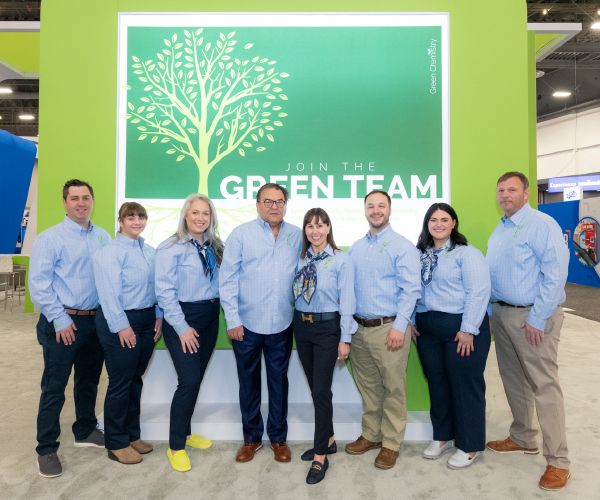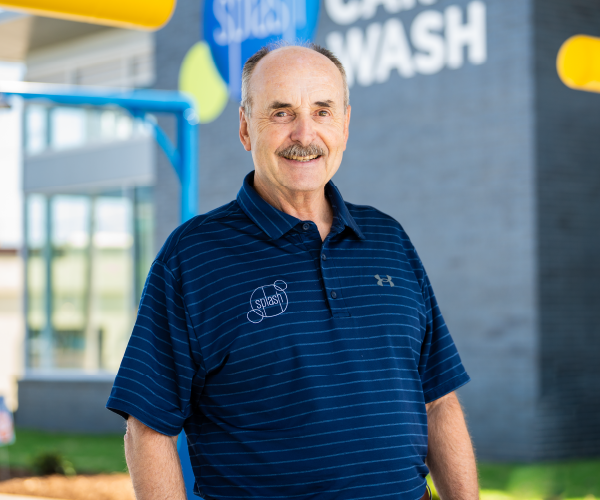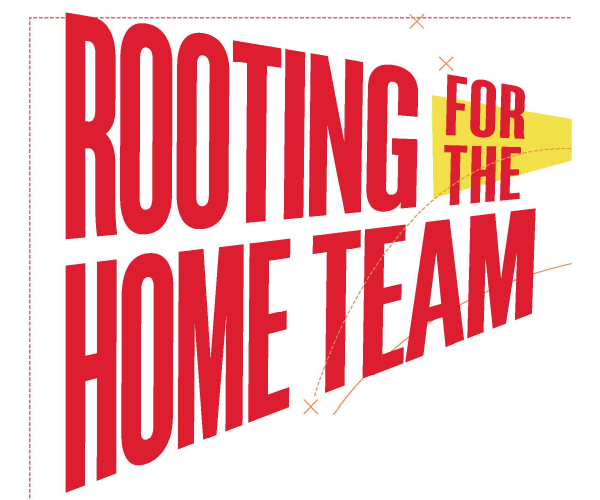
Building for Flexibility
March 29, 2023
7 minute ReadBy Victoria Lim
Not that long ago, car washes offering free vacuums was a mind-boggling idea. The thought of giving away a moneymaking service didn’t make sense.
“It freaked everyone out,” said ICA member Vic Monteleone, president and co-founder of Mint Eco Car Wash.
Well, almost everyone.
Some brave operations decided to try it out and the results were amazing. “People putting in free vacuums with the right sites saw massive growth,” Monteleone said.
But it was slow to catch-on, he remembered. As a consultant, at the time, whose job it was to help car wash owners and companies build and develop their operations, he would encourage those who were hesitant to create parking spaces — with electrical conduits — that could later be upgraded. And eventually, they were.

MAKING GROWTH PART OF YOUR PLANNING
The number of Americans who washed their vehicle at least once in the past year is at an all-time high, with 114 million more vehicles receiving a professional cleaning as opposed to a do-it-yourself wash, according to the 2022 International Carwash Association Consumer Study.
Just as the industry is growing, planning for growth should be an important part of your infrastructure and site design process. Modifications for growth after the initial build has taken place can be tough to incorporate and costly. Plus, it is important to take into account potential future upgrades and maintenance operations.
“I define car wash infrastructure in two ways,” said ICA member Chuck Howard, owner of Autobell Car Wash. “There are physical hard assets such as buildings, office space, machinery, car wash equipment, and related hardware that supports the business. Then there’s soft infrastructure such as software, which really runs or assists in implementing everything, including the point of sale (POS) systems, car wash electronics, payroll, marketing, communications and more.”
Establishing the hard assets to get up and running usually involves three requests, said Kevin Pence, owner and president of Commercial Construction and Maintenance (CCM): a smooth site plan, an attractive building and minimal maintenance. But as his company builds for their clients’ now, Pence encourages an eye toward flexibility.
“We don't know what all is coming down the line with the car wash industry, and one of the best ways that we can serve our customers is by helping them to be ready for whatever comes. We like to add additional conduits, plumbing capacity, chases, etc. to help operators adjust quickly and easily to things that they would like to add or subtract,” Pence said. “We also like to keep things simple and repeatable. The more complicated the build is, the harder it is to scale it, and the harder it is to adjust when you need to later.”
Whether the original build or an upgrade, Pence advises owners to spend money in areas that will help sell car washes, and not what he calls “gimmicky stuff” or items that only benefit the owner as opposed to customers. He recalls a couple requests from a client that he discouraged.
“Don’t go crazy with some things you can adjust later once you get a feel for how the building can operate. I had a couple clients who wanted a CAD version for the equipment down to the inch of every conduit that needed to be in the equipment room, and they wanted it all in-ground, not a conduit on the wall. I even had one guy who wanted to put in a trench down the middle of the equipment room with grating, to access it at any point in future,” he said. “They sort of overengineered the site and we had to scale it back down.”
Pence recommends spending money on electrical, underground plumbing and planning for items that might need to be upgraded later based on increased volume. He cites vacuum motors as an example. Perhaps the small one works now, but he suggests building to anticipate the upgrade to a larger motor as the business grows. Reclaim tanks are another investment he said are worth considering. In the overall cost of the project, putting pipes in the ground in case future EPA, state or local water municipalities require reclaim use, can save owners from ripping out concrete and tearing up a parking lot to add it later.
A commitment to sustainability and the environment can be a draw, especially for young consumers. But Monteleone warns some upgrades aren’t yet efficient or economical, or for everyone. Solar, for example, is worth exploring for his company — especially as they’re based in Florida. But perhaps not where he grew up, in Pittsburgh, Pa.
Another energy-conserving option he considers a trend — for now — is charging stations.
“Imagine a scenario where you only have 10 free vacuums and you put in charging stations in three. Will you restrict those spaces just for electric vehicles?” he asked. “Given the percentage of electric cars versus gas cars on the road, we know it’s smaller. And give the current state, is it the best use of your space if you don’t have unlimited space? Is it the best utilization?”
Monteleone suggested there might be value if the car wash is located in a destination space that has retail and restaurants to take up customers’ time while their vehicle is cleaned and charging.
As technology continues to improve, Howard said his company is constantly evaluating changes. Some needs are harder to anticipate. During the height of the pandemic, he said the company moved vacuums to the end of the wash process instead of the tunnel entrance to save on labor costs and allow a better cleaning process. They also installed quieter blowers. An option he wished he anticipated in the original build: video cameras.
“It’s been available for quite a while, but we passed because of the expense. We now use video for safety and security and to help document lot and tunnel activity. It also comes in handy occasionally for customer damage claims,” Howard said.
A customer service want that has skyrocketed is the subscription membership, up 43% since 2019, according to the ICA Car Wash Consumer Study. That may be why an upgrade that CCM said is hot right now from a construction perspective is a third pay lane for members only. Other popular upgrades include a belt conveyor, additional services provided at the vacuum bays (towels, compressed air, window washing fluid, etc.), and pay station buildings.
System automation is key to the success of Mint Eco Car Wash, according to Monteleone. As it looks to grow to 50 locations by 2027, he said the need for monitoring tools and software that provides real time key performance indicator audits will be essential.

FUTURIZING YOUR WASH
“Our current equipment is not all that different than it was 50 years ago as far as the basic structure of the equipment brains, motors, brushes and so forth. We do have computerization now, but it’s not very fancy,” Howard said. "The technology is coming for car wash equipment to accurately measure and apply various procedures, whether it’s cleaning or extra services. It will be done more efficiently and use less space in the wash. I’m also aware of development of robots that will clean the inside of the car.”
Autobell is looking at robotics to improve their services, and is figuring out how this technology can be incorporated into their current equipment and site layouts.
While having the foresight to include all wants and wishes in the original build can save money and time, Pence said owners and operators shouldn’t hesitate to consider making the moves that will improve their revenue. He said a typical 24-to-25-week construction cycle can now take 30 weeks because of supply chain challenges. Special order components have typically taken longer, but there’s now more pressure because of that issue.
“If you can be a little flexible in your design with your builder, they can help you dodge a lot of potholes,” he said.
Designing and building for the future doesn’t have to be tricky. While no one can anticipate every scenario, innovation or circumstance, putting in what makes business better is ideal.
“In my experience, most upgrades are worth it if an operator has a vision for an upgrade,” he said. “If the operator would like to run their site a certain way, and that upgrade helps them do that, then they should do it. What I tell clients is that we need to be spending money on items that help you sell more car washes, and if that upgrade helps you do that, than you should do it.”
Wish List Items:
Some site and equipment upgrades that have been included on many a wish list:
Quieter blowers
Stronger vacuums
Easier access to vacuum motors
Car charging stations
Ice melting equipment
Rainwater collection capabilities
More entrance lanes
Longer entrance lanes
Flexible payment stations
Mat washing area
Sun protection
Easier equipment maintenance
Higher-efficiency lighting
Dog washes
Video cameras
Underground plumbing
Reclaim tanks









